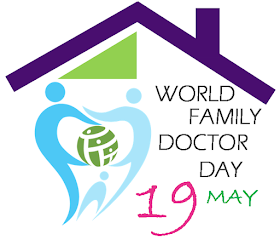For patients to make informed decisions about treatment for localized prostate cancer, they must receive accurate information about the effects of various therapies and guidance from clinicians who understand their preferences and values. Unfortunately, a study in the May/June issue of Annals of Family Medicine suggested that one or both of these is lacking for many men. Dr. Jinping Xu and colleagues surveyed a population-based sample of 260 men in the metropolitan Detroit area who were newly diagnosed with localized prostate cancer between 2009 and 2010. The survey asked them to estimate how many years they would live without any treatment and with their chosen treatment.
Men greatly underestimated their life expectancy without treatment and overestimated the gain in life expectancy with surgery or radiation. Although 98% of patients with localized prostate cancer who choose active surveillance will not have died from prostate cancer 10 years after diagnosis, only 25% of study participants thought that they would live at least 10 years without treatment. And although the only U.S. study to compare radical prostatectomy to watchful waiting for localized prostate cancer showed no overall or prostate cancer-specific mortality benefit, men in this study who underwent surgery expected to live an average of 12 years longer than if they did not choose surgery. The authors suggested that the typically short time frame for urologists or radiation oncologists to establish patient relationships between diagnosis and treatment discussions may contribute to misconceptions about treatment prognoses. In contrast, they argue that
Primary care physicians, who care for patients over long periods, have the advantage of intimate knowledge of their patients’ approach to clinical decision making and disease management in the course of their prior illnesses. If primary care physicians are included in the decision process following diagnosis, they could begin to focus on helping patients with localized prostate cancer develop realistic expectations and make choices that support their treatment goals.
Whether or not more of these "primary care consultations" have occurred in recent years is unclear, but last week a New York Times story highlighted the increasing number of men with low-risk prostate cancer choosing active surveillance rather than surgery or radiation, from 10-15 percent five years ago to nearly half of men today. Delaying or avoiding the adverse effects of traditional therapies should ultimately reduce the burden of urinary incontinence and sexual dysfunction in many prostate cancer survivors. An article in the May 1st issue of AFP reviewed key American Cancer Society recommendations for primary care of the prostate cancer survivor, including monitoring for common physical and psychosocial issues and encouraging healthy lifestyle choices.

